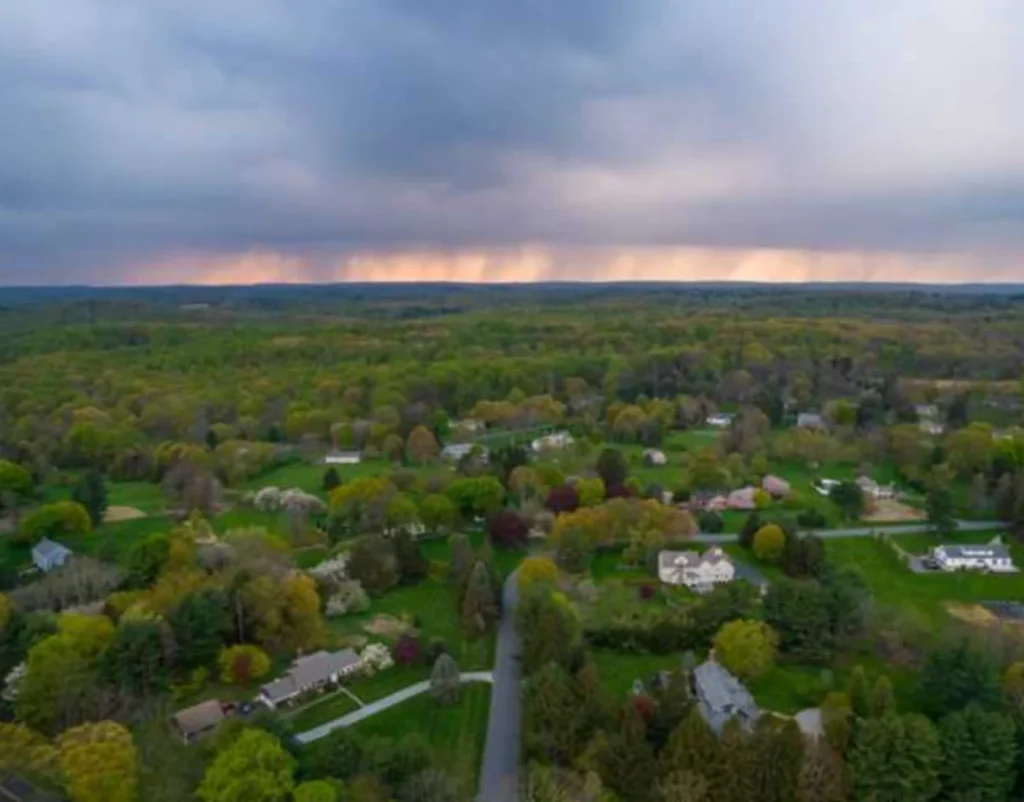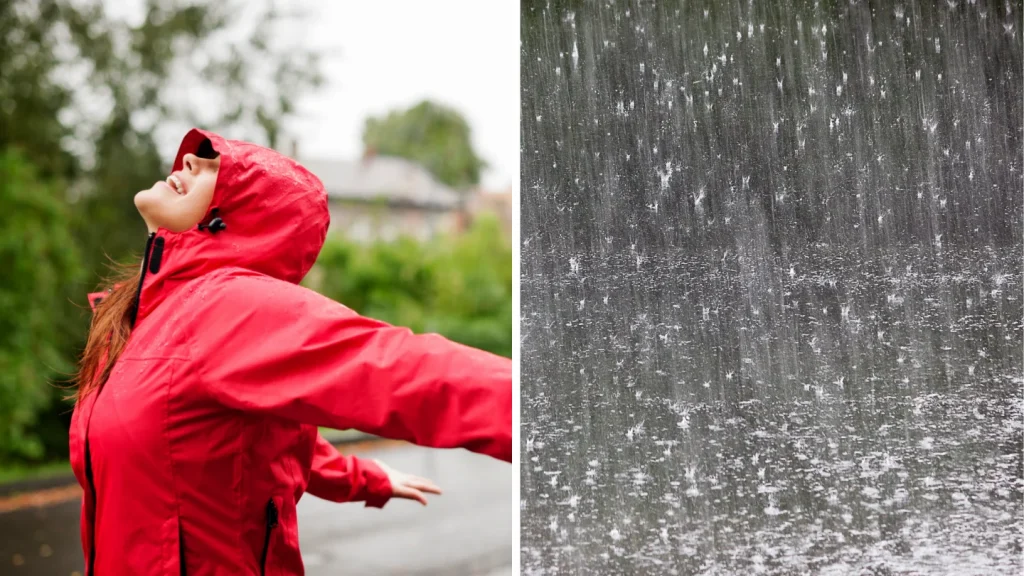Have you ever noticed a distinct aroma in the air, almost as if nature is hinting at an incoming storm? This curious phenomenon has puzzled many, leaving people to wonder if their noses can truly predict rain.
For some, the smell of rain is not just a post-storm experience but a prelude to the downpour. While some dismiss it as a whimsical myth, others firmly believe in their ability to sense rainfall before the first drop falls.
The fascinating scent often associated with rain has a name: petrichor. Coined in 1964 by mineralogists Isabel Joy Bear and Richard Thomas, this term refers to the earthy fragrance that follows a rainstorm.

Petrichor’s unique aroma is largely attributed to a soil bacterium known as Streptomyces. This microorganism produces a compound called geosmin, which is responsible for the earthy smell that many find so appealing.
Interestingly, the human nose is extraordinarily sensitive to geosmin. Research shows that humans can detect this compound in concentrations as low as five parts per trillion, surpassing even the legendary sensitivity of a shark to blood.
When rain hits the ground, the impact of the droplets traps air bubbles filled with geosmin and other particles. These bubbles burst, releasing aerosols into the atmosphere, which carry the scent to our noses.

But petrichor isn’t the only factor contributing to the smell of impending rain. Another key player is ozone, a molecule composed of three oxygen atoms, which carries a sweet, sharp aroma.
During thunderstorms, lightning creates ozone by splitting oxygen and nitrogen molecules. These atoms recombine to form ozone, which is carried to the ground by storm downdrafts, creating a distinct pre-rain smell.
Adding to this symphony of scents are oils released by plants during dry periods. These oils are absorbed by soil and rocks, only to be released into the air when rain arrives, enriching the complex fragrance of petrichor.

This intricate interaction of geosmin, ozone, and plant oils creates the captivating aroma many associate with rain. For some individuals, the sensitivity to these elements allows them to detect rain’s approach even before clouds gather.
The ability to smell rain before it falls may have evolutionary roots. Early humans might have relied on this sensory cue to locate water sources, offering a survival advantage in arid environments.
Scientists confirm that this phenomenon is not universal but is very much real for those with particularly sensitive olfactory systems. The interplay of biology and environment explains why some noses are more attuned to this natural signal.

Now, the moment you’ve been waiting for: the confirmation that smelling rain isn’t a myth. Scientists have validated that the distinct aroma preceding rainfall is a result of geosmin and ozone, carried through the air by storm dynamics.
Therefore, the next time you detect that distinct aroma, it’s not an illusion. Nature’s olfactory cues offer an early weather forecast, demonstrating that we have the ability to predict rain right in front of us.
Featured Image Credit: (CanvaPro)





